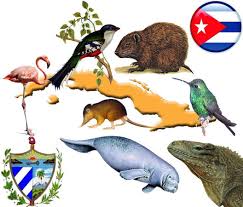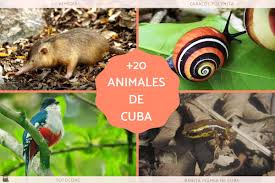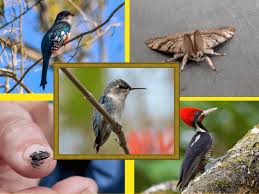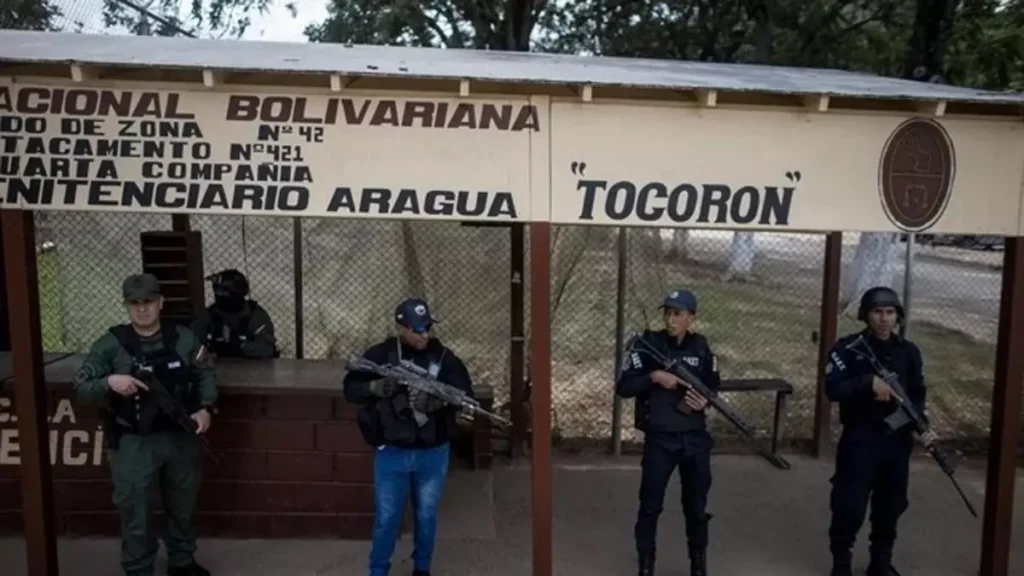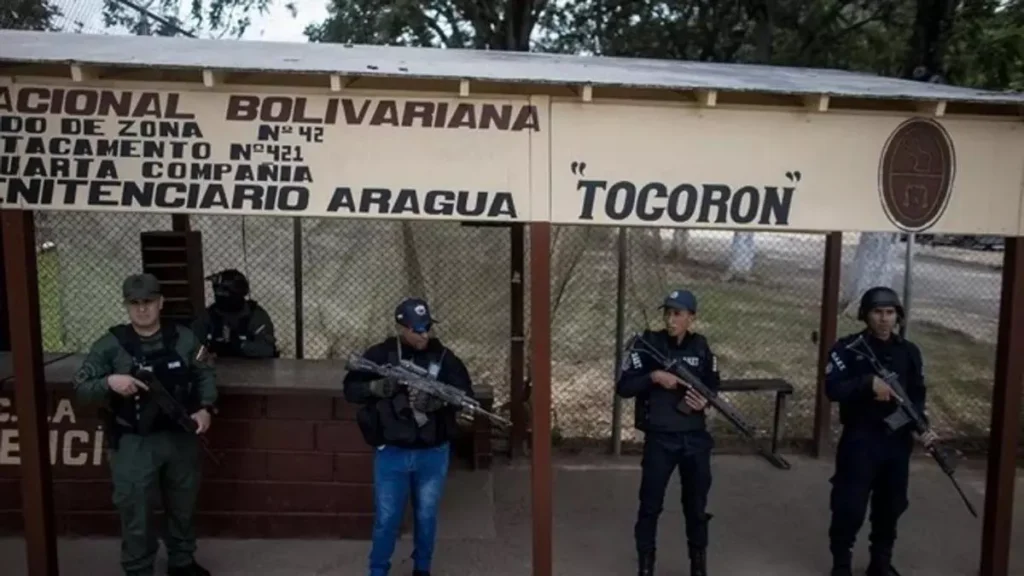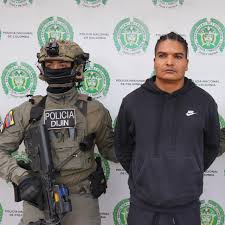
VALORA LA CASA BLANCA OFRECER A MADURO EXILIO EN RUSIA, TURQUIA O CUBA. PHOTOS.
La publicación norteamericana ‘Politico’ afirma que las cartas sobre la mesa incluyen esa opción, aunque hay figuras de la Administración que no la aprueban.
WASINGTON- “El dictador venezolano, Nicolás Maduro, y sus colaboradores más cercanos, deberían considerar informarse sobre Turquía. Algunos funcionarios de la Administración Trump están hablando de exiliarlos allí. A menos que acepten ir a Rusia. O Azerbaiyán. O quizá Cuba”, aseguró la publicación Politico.
Según un análisis publicado el viernes 15 de noviembre, una de las ideas que se maneja en el mapa táctico de la Casa Blanca para proceder sobre Venezuela, luego de más de tres meses de presión militar en sus alrededores y decenas de ataques letales contra embarcaciones presuntamente dedicadas al trasiego de drogas, sería conceder al dictador chavista y sus allegados una salida segura a otro país.
Un funcionario estadounidense y otras dos personas familiarizadas con las conversaciones que hablaron con Politico bajo condición de anonimato afirmaron que las cartas sobre la mesa incluyen esa opción, aunque otras figuras de la Administración no la aprueban.
“Otros sugieren arrestar a Maduro y llevarlo a juicio en Estados Unidos, dijo una tercera persona familiarizada con las conversaciones. (…) El equipo de Trump —con razón o no— no es conocido por su pensamiento a largo plazo, por lo que es notable que los asesores estén reflexionando sobre escenarios post-Maduro. Es una señal de que Trump no está dispuesto a abandonar su campaña en la región (como ocurre con el reciente despliegue de un enorme portaaviones allí). Qué aspectos de estos planes decida seguir Estados Unidos podrían ofrecer pistas sobre el papel que desempeñará en Venezuela y en la región en general durante los próximos años”, añadió el reporte.
Porque el plan tras la caída del régimen incluye decidir qué sanciones levantar a Venezuela y cuándo hacerlo, indicó la publicación.
“Algunos están reflexionando sobre los papeles que podrían desempeñar el Banco Mundial y el Fondo Monetario Internacional para ayudar a Venezuela a reconstruir su economía devastada. Obviamente, cómo aprovechar la riqueza petrolera de Venezuela también influiría”, señaló.
“Incluso se habla de animar a empresas privadas de seguridad, posiblemente de otros países, a ofrecer protección inicial al liderazgo que suceda a Maduro —si es un liderazgo favorable a Washington, por supuesto, dijeron el funcionario estadounidense y una de las personas”, añadió Politico.
El columnista y analista político Bret Stephens, ganador del Premio Pulitzer y una de las voces más influyentes de la política exterior estadounidense, publicó este lunes en The New York Times un artículo de opinión en el que plantea abiertamente que Estados Unidos debería derrocar a Nicolás Maduro.
Asimismo, analizando posibles escenarios de este conflicto, el experto señaló la posibilidad de que Washington le conceda la posibilidad de abandonar el poder y largarse con un salvoconducto a países dispuestos a acogerlo. En caso de que el dictador venezolano se aferre al poder, Stephens consideró que una intervención militar liderada por Donald Trump podría ser inevitable.
LA CASA NO TIENE UN PLAN INTEGRAL
Pese a lo anterior, la Casa Blanca no tendría “un plan integral y verificado para el día siguiente en Venezuela. Cuando presioné al funcionario estadounidense sobre el alcance de la preparación, respondió haciendo referencia a una famosa frase de Trump: ‘Tenemos los conceptos de un plan'”, señaló el artículo de “Politico”.
“Si hay un vacío de poder y nadie ejerce autoridad sobre el país el narcotráfico, la corrupción solo pueden empeorar, socavando profundamente los objetivos antidrogas del presidente Trump y poniendo en peligro la vida de más estadounidenses”, advirtió Carrie Filipetti, exfuncionaria del Departamento de Estado que trató con Venezuela en la primera Administración Trump.
Una de las fuentes dijo que la líder opositora María Corina Machado, Premio Nobel de la Paz 2025, y sus adjuntos harían bien en prepararse para un momento en que Estados Unidos se dirija a ellos. “Eso incluye disponer de nombres de a quién nombrar en puestos clave, incluyendo en las Fuerzas Armadas de Venezuela”, apuntó.
Asimismo, según otra fuente no revelada, “Estados Unidos está en contacto con personas dentro de Venezuela más allá de la oposición”.
El propio Trump dijo recientemente que tenía disposición para iniciar negociaciones con Maduro, pero no especificó ni el momento ni el formato de una posible reunión. Antes de eso, el jefe del Pentágono, Pete Hegseth, anunció el inicio de la Operación Lanza del Sur contra los “terroristas de la droga” en el hemisferio occidental.
Como parte de la operación, el grupo de ataque del portaaviones USS Gerald R. Ford entró en el mar Caribe. A bordo van más de 4.000 soldados, decenas de cazas y helicópteros de combate, que se suman al poderoso despliegue naval y aéreo que hay en la zona.
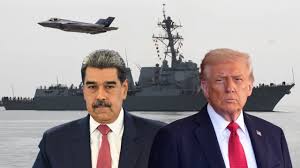
Agencies/ DDC/ CiberCuba/ Extractos/ Internet Photos/ Arnoldo Varona.
THE CUBAN HISTORY, HOLLYWOOD.




